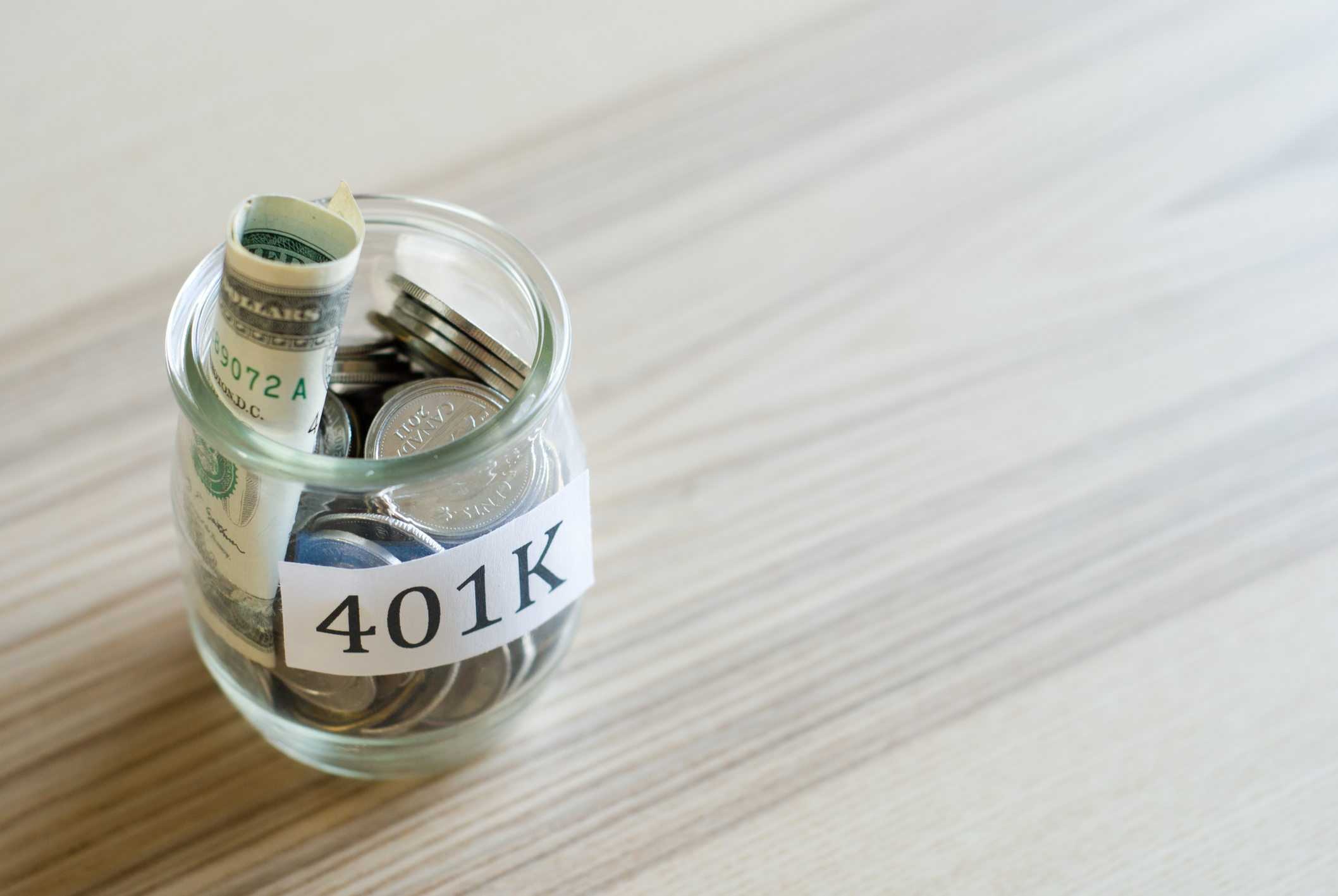By Laura Adams
If you’re getting a slow start to retirement planning or approaching retirement, you may feel pressure to grow your nest egg quickly. Fortunately, after your 50th birthday, the tax code allows you to make extra “catch-up” contributions to tax-advantaged retirement plans, like a workplace 401(k) or 403(b). If your retirement plan allows catch-up savings, it can significantly boost your balance.
For 2023, participants over 50 can put an extra $7,500 in their traditional or Roth 401(k) or 403(b) plans at work for a total of $30,000. If you turn 50 this year and contribute an extra $625 per month (for a total of $7,500 annually) for the next 20 years earning an average return of 7%, you’d have nearly $333,000 more in your account than someone who didn’t take advantage of catch-up contributions.
How new retirement rules affect catch-up contributions
However, starting in 2024, SECURE 2.0 says making additional catch-up contributions to your 401(k) can only be done on an after-tax basis using a Roth when your income for the prior year at your company exceeds $145,000. You won’t get a tax deduction for catch-up contributions in that case. Unlike traditional, pre-tax contributions, you can withdraw funds from a Roth, including account earnings, tax-free after age 59.5.
Note that employees earning less than the $145,000 threshold don’t have any restrictions and can choose to make catch-up contributions as traditional or Roth. Also, the new law doesn’t change catch-up contributions permitted in retirement plans for the self-employed, including IRA accounts, such as a traditional IRA, Roth IRA or SEP-IRA.
Downsides of new catch-up contribution rules for retirement savers
One problem is that not all 401(k) and 403(b)s plans currently offer a Roth option for participants. So, if employers don’t amend their plans and payroll systems to include a Roth, their high-income employees may lose their ability to make catch-up contributions.
According to USA Today, Congress technically made any catch-up contributions illegal. They report, “In the haste to pass the legislation, the Act accidentally had a paragraph deleted, increasing the general pre-tax deferral limit by the amount of any catch-up contribution.” USA Today says the mistake wasn’t intentional, but it hasn’t gotten corrected yet.
Retirement experts question whether employers can automatically put catch-up contributions for high earners in a Roth or if they need to get a participant’s permission first. Many believe the administrative work required to implement various SECURE 2.0 changes to retirement accounts could take years, and financial firms that offer them will likely miss upcoming deadlines. That could leave employers and their retirement plan participants in limbo, waiting for rule changes to take effect in their accounts.
Another problem with the new catch-up contribution rule for high earners is that they get forced to pay taxes on them now instead of in retirement when they may be in a lower tax bracket. In other words, making Roth catch-up contributions could cost you more in taxes than putting them in a traditional, tax-deferred account.
Benefits of new catch-up contribution rules for retirement savers
The upside for high-earning 401(k) and 403(b) plan participants is that Roth catch-up contributions are tax-free in retirement. And no one knows the future of tax brackets and rates. They could increase significantly in the future, allowing high earners to save money by paying taxes today on retirement contributions at a lower tax rate.
Another SECURE 2.0 benefit that begins in 2024 is the removal of required minimum distributions from a Roth workplace plan. That means you never have to make Roth withdrawals and can pass the account to your heirs tax-free if you wish.
Starting in 2025, another catch-up provision begins for 401(k) and 403(b) participants between the ages of 60 and 63. They can contribute up to $10,000 or 150% of the standard catch-up limit for 2024, whichever is greater. Once you reach 64, the regular (lower) catch-up amount applies. If you’re a high earner, you must also make the special increased catch-up as a Roth contribution.
RELATED: 6 Smart Places to Invest After a Workplace Retirement Plan
Taking advantage of new catch-up contribution rules
Since most financial firms and employers have not implemented many SECURE 2.0 retirement account rules, it may be impossible for 401(k) and 403(b) participants to take advantage of them. Employers should stay informed of upcoming changes so their retirement plans and documents comply with the new rules.
Given the lack of details on how many rule changes will work in practice, it wouldn’t be surprising if the IRS announces a temporary waiver of taxes and penalties for noncompliance, relieving employers and employees from confusion created around the new Roth catch-up contribution rules.
The views and opinions expressed herein are the views and opinions of the author and do not necessarily reflect those of Nasdaq, Inc.
Image and article originally from www.nasdaq.com. Read the original article here.

